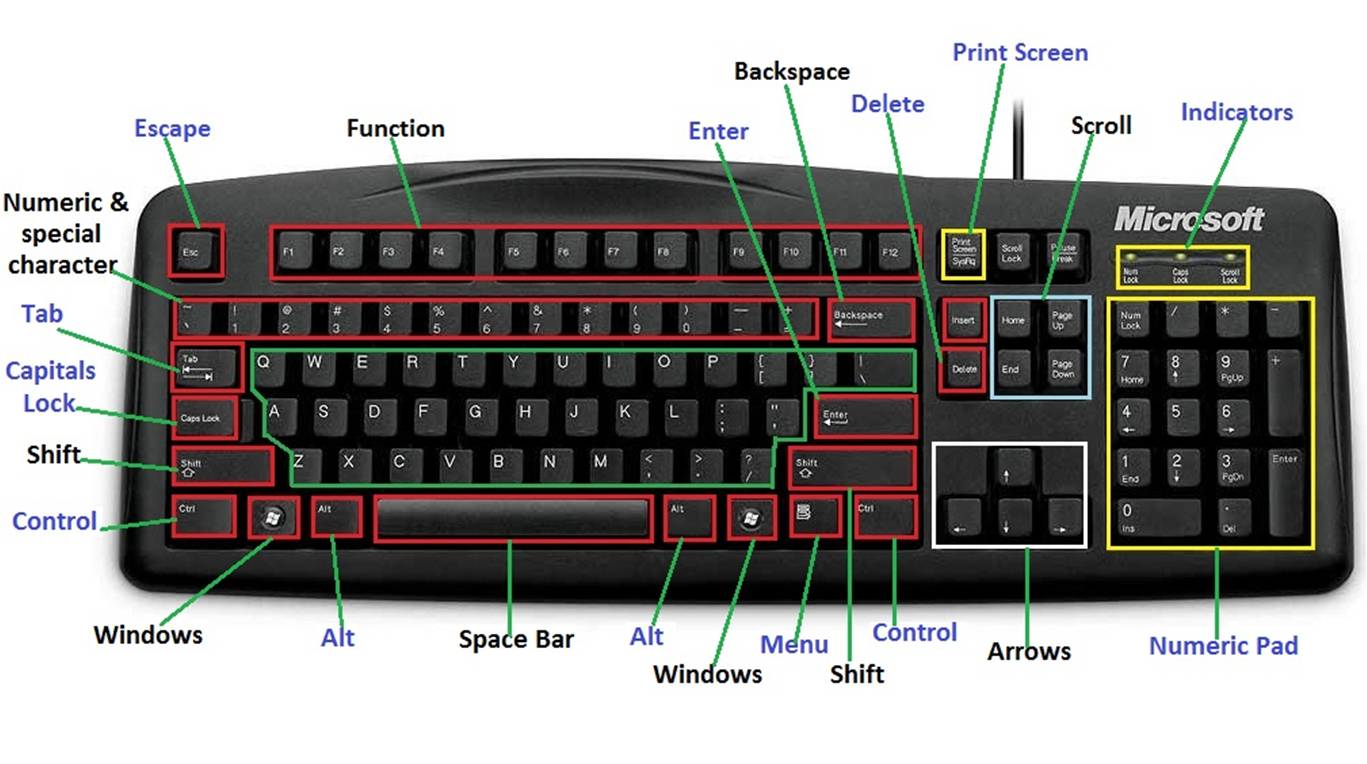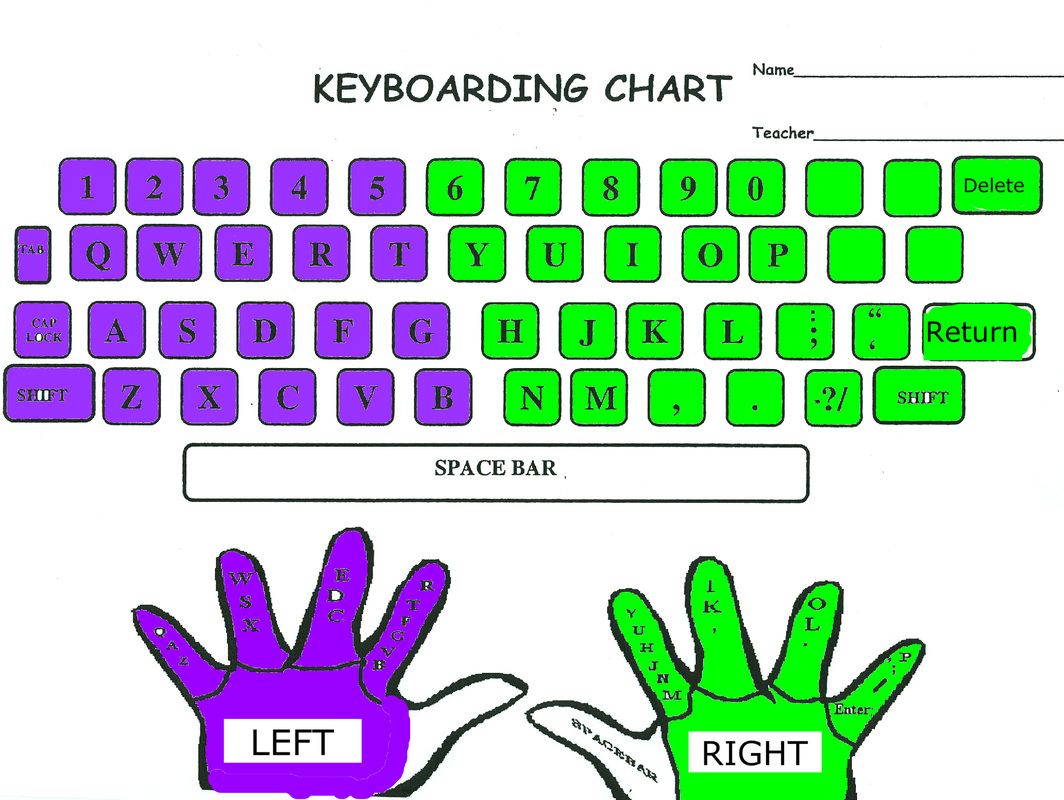Discover The Essential Keyboard Key: A Guide To The Top Left Corner
When we talk about "keyboard key near the top left", what exactly comes to your mind?
The "keyboard key near the top left" is commonly known as the "escape key". It's typically found on the top-left corner of a computer keyboard and is often used to close windows, cancel actions, or exit programs.
The escape key holds great importance as it provides a quick and efficient way to navigate through various software and applications. It serves as a universal shortcut, making it easy for users to exit unwanted or unnecessary actions or programs, enhancing productivity and workflow.
Let's delve deeper into some key aspects related to the escape key:
keyboard key near the top leftIntroduction
Escape Key as a Universal ShortcutIntroduction
Historical Context of the Escape KeyIntroduction
keyboard key near the top left
The "keyboard key near the top left", commonly known as the "escape key", holds great significance in the world of computing. It serves as a universal shortcut, offering a quick and efficient way to navigate through various software and applications. Let's explore five key aspects related to the escape key:
- Universal Shortcut: The escape key provides a consistent way to exit programs, cancel actions, or close windows.
- Efficiency Enhancer: By enabling users to quickly exit unwanted actions or programs, the escape key enhances productivity and workflow.
- Error Prevention: The escape key acts as a safety net, allowing users to cancel accidental actions or prevent errors.
- Cross-Platform Consistency: The escape key's functionality remains consistent across different operating systems and applications, ensuring a seamless user experience.
- Historical Legacy: The escape key has been a staple feature on computer keyboards for decades, reflecting its enduring importance in the digital world.
These key aspects highlight the significance of the escape key as a fundamental element of the computing experience. Its universal shortcut functionality, efficiency-enhancing capabilities, error prevention role, cross-platform consistency, and historical legacy make it an indispensable tool for users of all levels.
Universal Shortcut
The escape key's universal shortcut functionality is a defining characteristic that sets it apart from other keys on the keyboard. It provides a consistent and reliable way to exit programs, cancel actions, or close windows across different operating systems and applications. This consistency simplifies the user experience, making it easy for users to navigate and interact with various software without having to learn different shortcuts for each program.
The escape key's universal shortcut is particularly important in situations where users need to quickly exit an unwanted action or program. For instance, if a user accidentally opens the wrong file or initiates an unintended command, pressing the escape key provides a quick way to cancel the action and prevent any potential errors or data loss.
Moreover, the escape key's consistent functionality enhances productivity and efficiency. By providing a universal shortcut for exiting programs and canceling actions, users can save time and effort, allowing them to focus on their primary tasks without the need to navigate through complex menus or remember specific shortcuts for each application.
In summary, the escape key's universal shortcut functionality is a crucial aspect of its significance as a keyboard key near the top left. It simplifies the user experience, prevents errors, and enhances productivity, making it an indispensable tool for users of all levels.Efficiency Enhancer
The "keyboard key near the top left", commonly known as the escape key, serves as a crucial efficiency enhancer, streamlining the user experience and optimizing workflow. Its ability to quickly exit unwanted actions or programs translates into significant benefits:
- Rapid Error Correction:
The escape key allows users to swiftly cancel accidental actions or commands, preventing errors and potential data loss. This rapid error correction capability enhances overall efficiency by minimizing the need for time-consuming corrections or rework.
- Program Termination:
Quickly exiting unwanted programs through the escape key frees up system resources and improves performance. This is particularly beneficial when dealing with unresponsive or malfunctioning programs, enabling users to promptly close them and regain control of their system.
- Workflow Optimization:
The escape key facilitates smooth and efficient workflow by providing a consistent way to exit menus, dialog boxes, or unwanted tasks. This eliminates the need to navigate through complex menus or search for specific exit buttons, saving time and effort.
- Cognitive Load Reduction:
By offering a universal shortcut for exiting actions, the escape key reduces the cognitive load on users. They do not need to memorize multiple exit methods for different programs or situations, which helps maintain focus and minimize distractions.
In conclusion, the escape key's efficiency-enhancing capabilities make it an indispensable tool for users of all levels. Its ability to quickly exit unwanted actions or programs promotes error correction, optimizes workflow, and reduces cognitive load, ultimately contributing to increased productivity and a seamless user experience.
Error Prevention
The "keyboard key near the top left", commonly known as the escape key, plays a crucial role in error prevention, offering a reliable way to cancel accidental actions or prevent errors. This error-prevention functionality manifests itself in several key facets:
- Undoing Unintended Actions:
The escape key provides a quick and effortless way to undo unintended actions, such as accidentally deleting a file or entering incorrect data. By pressing the escape key, users can instantly revert the action, preventing potential data loss or errors.
- Canceling Commands:
The escape key allows users to cancel ongoing commands or processes, especially when they realize that the action may lead to unintended consequences. This is particularly useful when working with potentially destructive commands or when changes need to be aborted mid-process.
- Exiting Malfunctioning Programs:
In situations where a program becomes unresponsive or malfunctions, the escape key can be used to exit the program safely. This prevents the program from causing further system errors or data corruption, allowing users to regain control and restart the program or troubleshoot the issue.
- Interrupting System Functions:
The escape key can also be used to interrupt certain system functions, such as the startup process or BIOS settings. This is particularly useful for advanced users who need to troubleshoot system issues or make changes to the system configuration.
In conclusion, the escape key's error-prevention capabilities make it an indispensable tool for users of all levels. By providing a consistent and reliable way to cancel accidental actions, undo unintended commands, exit malfunctioning programs, and interrupt system functions, the escape key acts as a safety net, preventing errors and minimizing the risk of data loss or system damage.
Cross-Platform Consistency
The cross-platform consistency of the escape key is a fundamental aspect of its significance as the "keyboard key near the top left." This consistency ensures that users can rely on the escape key to perform the same functions across different operating systems and applications, creating a seamless and intuitive user experience.
This consistency is particularly important in today's computing environment, where users often work with multiple operating systems and applications. For instance, a user may use Windows at work, macOS at home, and Linux for specific tasks. The consistent functionality of the escape key allows users to navigate and interact with these different environments efficiently without having to relearn the key's functionality for each system.
Moreover, cross-platform consistency enhances the accessibility of the escape key for users with disabilities. By ensuring that the escape key performs the same functions across different platforms, users with cognitive or physical impairments can rely on the key to perform essential tasks, such as closing windows, canceling actions, or exiting programs, regardless of the operating system or application they are using.
In conclusion, the cross-platform consistency of the escape key is a crucial component of its significance as the "keyboard key near the top left." It provides a seamless user experience, promotes accessibility, and simplifies the learning curve for users working with multiple operating systems and applications.
Historical Legacy
The historical legacy of the escape key is deeply intertwined with its significance as the "keyboard key near the top left." Its enduring presence on computer keyboards for decades highlights its fundamental role in the digital world. The escape key has evolved alongside computing technology, adapting to changing user needs and technological advancements while retaining its core functionality.
In the early days of computing, the escape key served as a way to interrupt running programs or escape from unexpected situations. As graphical user interfaces (GUIs) became more prevalent, the escape key's role expanded to include closing windows, canceling actions, and navigating menus. Today, the escape key remains a ubiquitous feature on computer keyboards, serving as a universal shortcut that enhances productivity and error prevention.
The escape key's historical legacy underscores its enduring importance as a key component of the "keyboard key near the top left." Its consistent functionality across different operating systems and applications makes it an indispensable tool for users of all levels, regardless of their technical expertise or the tasks they perform.
FAQs on the "Keyboard Key Near the Top Left"
This section addresses frequently asked questions (FAQs) related to the "keyboard key near the top left," commonly known as the escape key.
Question 1: What is the primary function of the escape key?The escape key primarily serves as a universal shortcut for exiting programs, canceling actions, or closing windows across different operating systems and applications.
Question 2: How does the escape key enhance productivity and efficiency?By providing a quick and consistent way to exit unwanted actions or programs, the escape key helps users save time and effort, allowing them to focus on their primary tasks without the need to navigate through complex menus or remember specific shortcuts.
In summary, the escape key's significance as the "keyboard key near the top left" lies in its universal shortcut functionality, efficiency-enhancing capabilities, error prevention role, cross-platform consistency, and historical legacy. It remains an indispensable tool for users of all levels, streamlining the user experience and optimizing workflow in the digital world.
Conclusion
The exploration of the "keyboard key near the top left" has shed light on its multifaceted significance in the digital world. From its universal shortcut functionality to its historical legacy, the escape key has proven to be an indispensable tool for users of all levels.
The escape key's ability to quickly exit programs, cancel actions, and prevent errors enhances productivity and efficiency, making it a cornerstone of the user experience. Its cross-platform consistency and historical legacy further underscore its enduring importance, ensuring that it remains a staple feature on computer keyboards for years to come.

How Many Keys in Keyboard?

Keyboard key near the top left NYT Crossword

Keyboarding Manning Elementary Technology